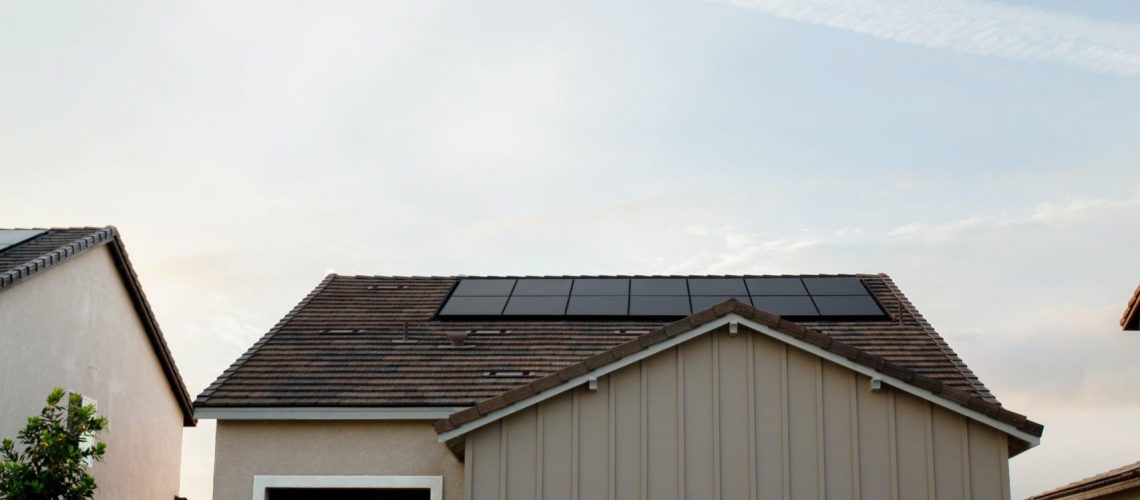Typical electricity users get their power source from the city’s power grid, a mess of poles, wires, boxes, and such. The back end of that power grid is typically fossil fuels, though more and more are being supplied by wind and other renewable energy sources. When that power grid goes down, whether due to a storm or an over-taxed grid, it leaves consumers, you and me, high and dry for power. Fortunately, there is an alternative.
What are solar microgrids?
Solar microgrids work like smaller, more compact versions of typical power grids, but they’re fueled by the sun. Most microgrids are a mixture of the solar panels and solar-supplied battery storage that are connected to the main power grid but can be a stand-alone source of power when needed or desired. Solar microgrids can provide power to small residential communities, or to large commercial or industrial facilities if the larger grid fails. Solar microgrids can also be a solution to help cut costs.
What are the benefits of solar microgrids?
There are a number of benefits to solar microgrids to consider. First, solar microgrids offer a source of reliable energy, making communities and important facilities (think emergency services) resilient during adversities which cause power outages. With a reliance on stored energy, these microgrids can keep people up and running and able to help others less fortunate.
Solar microgrids also offer more efficient, affordable, and renewable energy sources to the community they power. This creates benefits at every level of participation, whether for the individual looking to cut energy costs, or for the business looking to find savings so that it can expand. Additionally, this renewable energy source works to reduce the adverse effects of fossil fuel, offering a clean alternative to the consumer.
Solar microgrids are incredibly efficient and typically supply uninterrupted and stable power to the communities. When larger grids get over-taxed, the smaller grids are primed for their consumers.
What other considerations should be made when thinking about solar microgrids?
There are a few drawbacks to the use of a microgrid. First, this technology is relatively new, and with growth comes growing pains. For example, synchronization with the main grid can be an issue after the microgrid has gone “offline” from the main. Additionally, interconnection standards have not yet been developed across the industry. These, however, are not insurmountable obstacles, and the technology is swiftly making progress to mitigate these issues.
Second, a microgrid still requires storage space and maintenance. Unfortunately, there is no way around this requirement; however, some have been known to find creative ways to address this issue so as to make the space aesthetically pleasing.
Finally, there are routine operations kinks still to be worked out. Some have reported issues with metering and standby charges that must be addressed when setting up the system. Also, there’s the matter of protecting the microgrid. Still, these issues can and are being addressed by providers.
How do I know if a solar microgrid is right for me?
If you’re wondering whether your small residential community or your business ought to consider a solar microgrid, perhaps it would help to ask the following questions.
- Can I afford the startup and maintenance costs? Solar energy has come so far in pricing, and the initial costs are far less expensive now than in the past. This is an investment that could very well pay for itself, but it does require startup money, and it will require maintenance.
- Do I live in a place often troubled by storms? If you reside or do business in a location that typically faces power outages due to storms or other adverse weather incidences, it may be worthwhile to consider this investment. Microgrids are incredibly effective as backup power generators, leaving the diesel fumes of the small generators in the past.
- Am I looking to cut costs? When utilized effectively, these microgrids can help you find savings. Analyze your consumption levels and costs and work with a local entity to decide if this might be right for you.
Final Thought
Microgrids are growing in popularity. With the right research and consultation, you’ll be able to decide if this power generating approach is right for you and your community.


